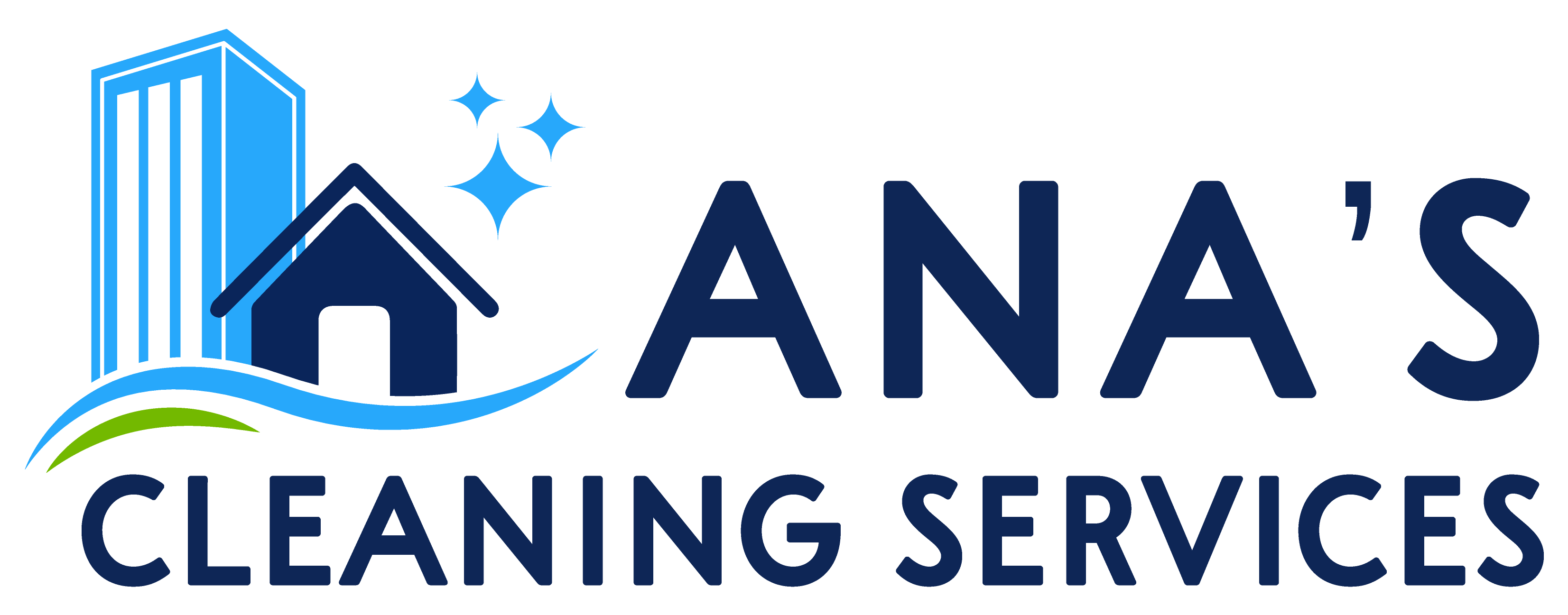Commercial Cleaning for Businesses During the Holiday Season
The holiday season is one of the busiest times of the year for businesses. Offices, retail stores, and restaurants experience a significant increase in visitors, customers, and foot traffic. While this surge is excellent for business, it also creates unique challenges when it comes to maintaining cleanliness and a professional environment. A clean and well-maintained workspace is not only visually appealing but also essential for health, safety, and overall customer satisfaction. Why Holiday Cleaning Matters for Your Business During the holidays, the following issues can affect businesses if proper cleaning protocols are not in place: High foot traffic: More people entering and exiting can lead to dirt, spills, and debris accumulating quickly. Increased risk of germs: With more visitors and employees, germs spread faster, increasing the risk of illness. First impressions count: Customers notice cleanliness immediately. A dirty or cluttered space can negatively impact your business reputation. Safety concerns: Slippery floors, cluttered walkways, and unclean restrooms can create hazards for staff and visitors. A professional commercial cleaning service ensures that these challenges are addressed proactively, keeping your business safe, attractive, and ready for the holiday rush. Key Areas to Focus On During the Holidays Entryways and high-traffic areas These spaces collect the most dirt and debris. Regular cleaning, including mopping and vacuuming, ensures a welcoming environment for both customers and employees. Restrooms Restrooms require frequent attention during high traffic periods. Sanitizing surfaces, replenishing supplies, and maintaining a fresh atmosphere is essential. Dining and break areas For restaurants and offices, kitchenettes, break rooms, and dining areas can become hotspots for spills, crumbs, and bacteria. Professional cleaning maintains hygiene and prevents unpleasant odors. Display areas and surfaces Clean counters, shelves, and product displays contribute to a professional appearance that attracts customers and promotes sales. Floors and carpets Carpets, rugs, and hard floors see increased wear during the holidays. Deep cleaning prevents dirt build-up, preserves flooring, and enhances the overall look of your space. The Benefits of Hiring a Professional Cleaning Service Engaging a professional cleaning company during the holiday season offers numerous advantages: Consistent, thorough cleaning: Ensures all areas, even hard-to-reach spaces, are spotless. Health and safety: Reduces the spread of germs and creates a safer environment for employees and clients. Time-saving: Allows your staff to focus on core business operations instead of cleaning tasks. Enhanced customer experience: A pristine space leaves a lasting positive impression, encouraging repeat visits. Peace of mind: Knowing that your business is clean and ready for the busiest season of the year reduces stress and workload. Prepare Your Business Today Holiday season traffic doesn’t wait, and neither should your cleaning plan. Businesses that fail to maintain cleanliness risk negative impressions, customer complaints, and even safety hazards. Ana’s Cleaning Services provides professional commercial cleaning for offices, retail stores, and restaurants in Silver Spring, Maryland, ensuring your business looks its best during the busiest time of the year. From high-traffic areas to restrooms, dining spaces, and displays, every corner is cleaned thoroughly and efficiently. Schedule your cleaning today to make sure your business is ready to impress clients, keep employees healthy, and operate smoothly throughout the holiday season. Contact us now for a free estimate and professional service tailored to your business needs. Location: Silver Spring, Maryland Website: anas-cleaningservices.com
Read More

